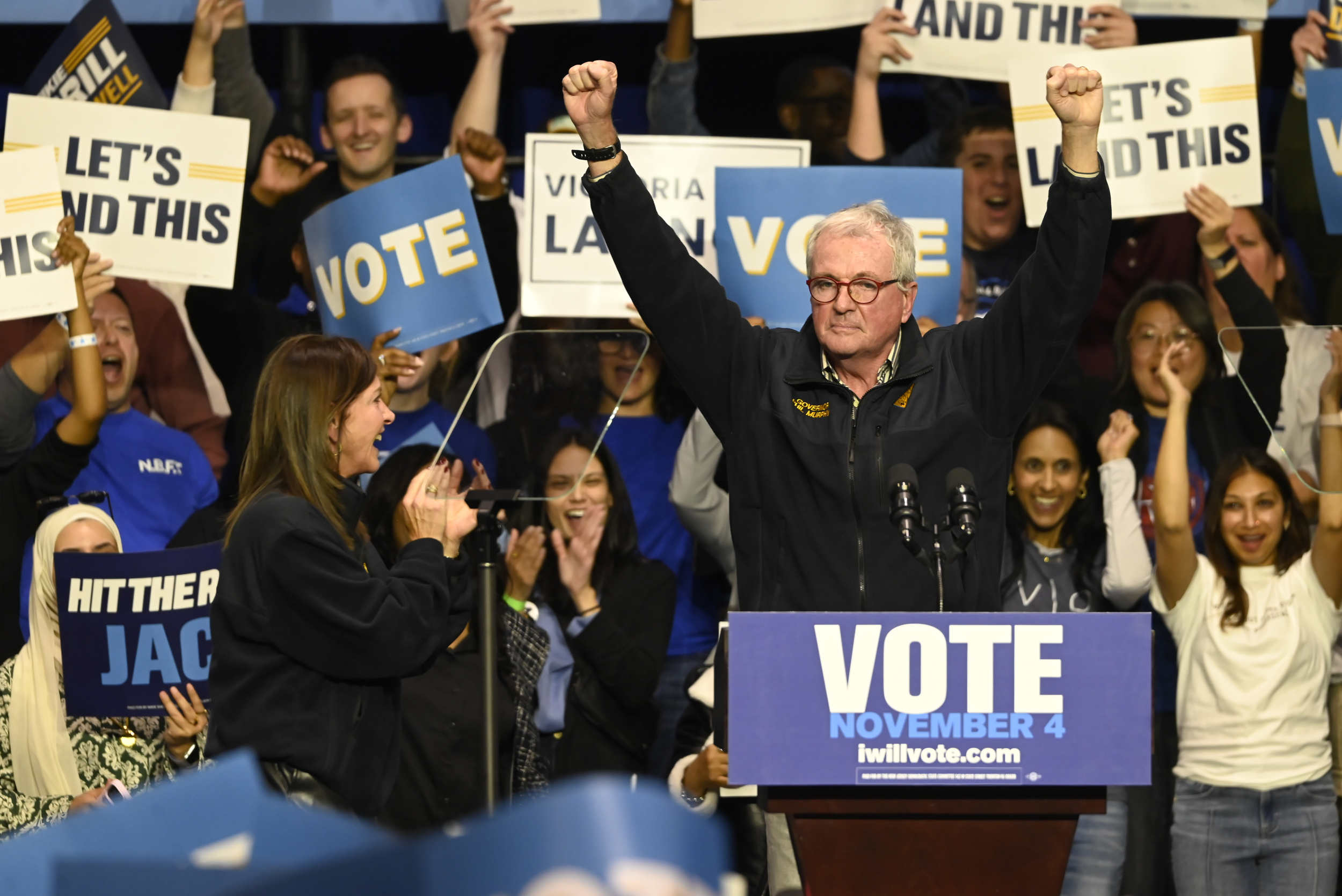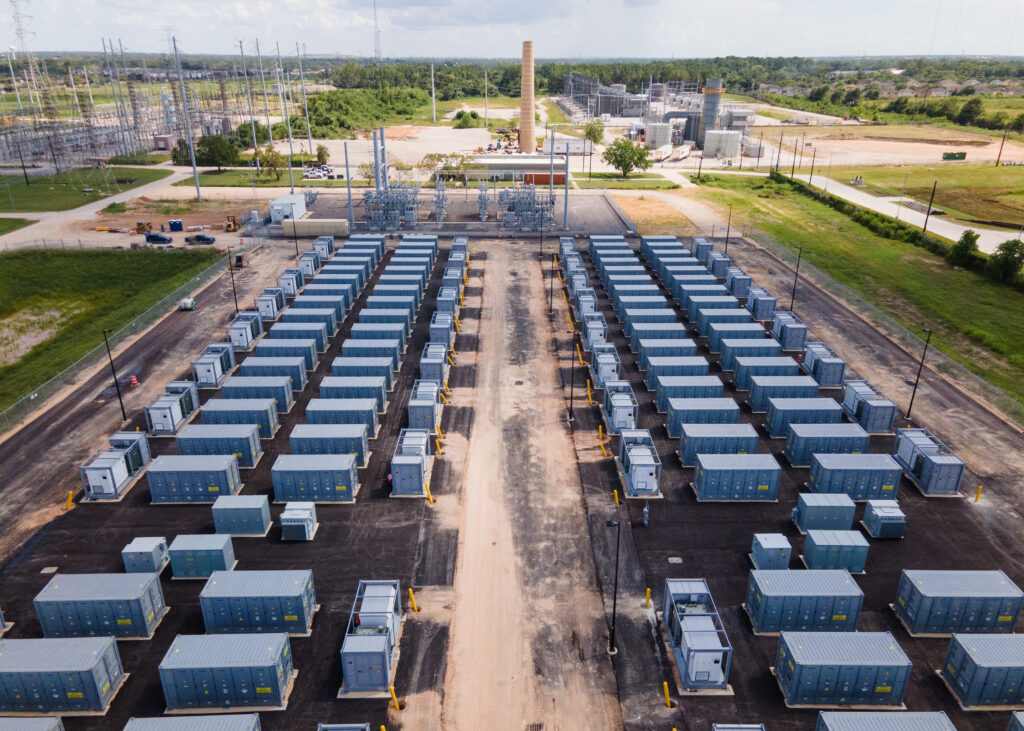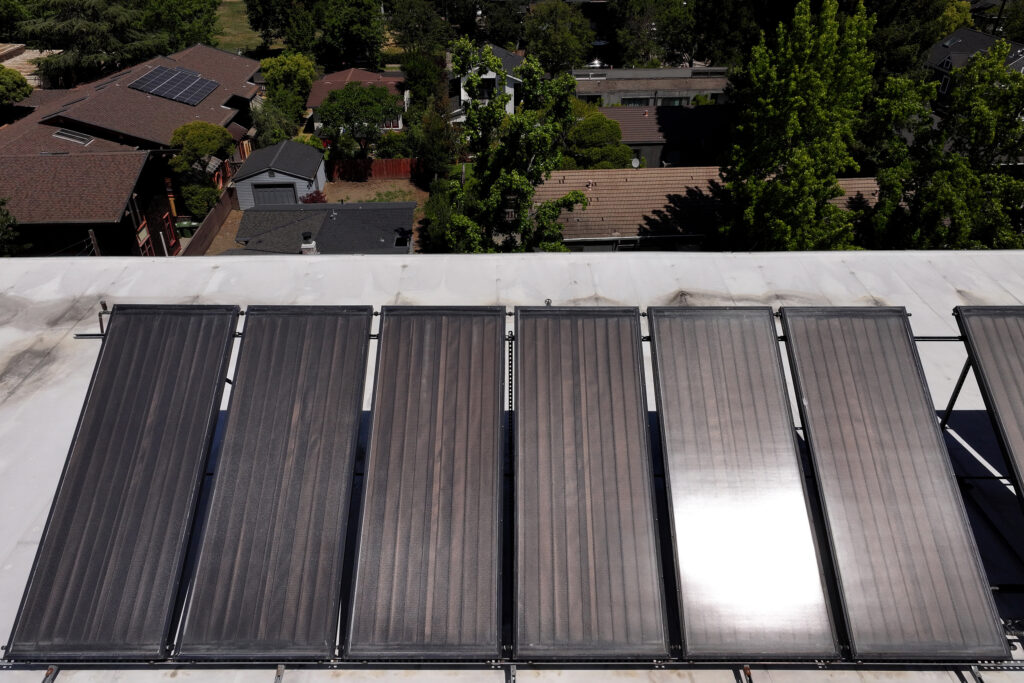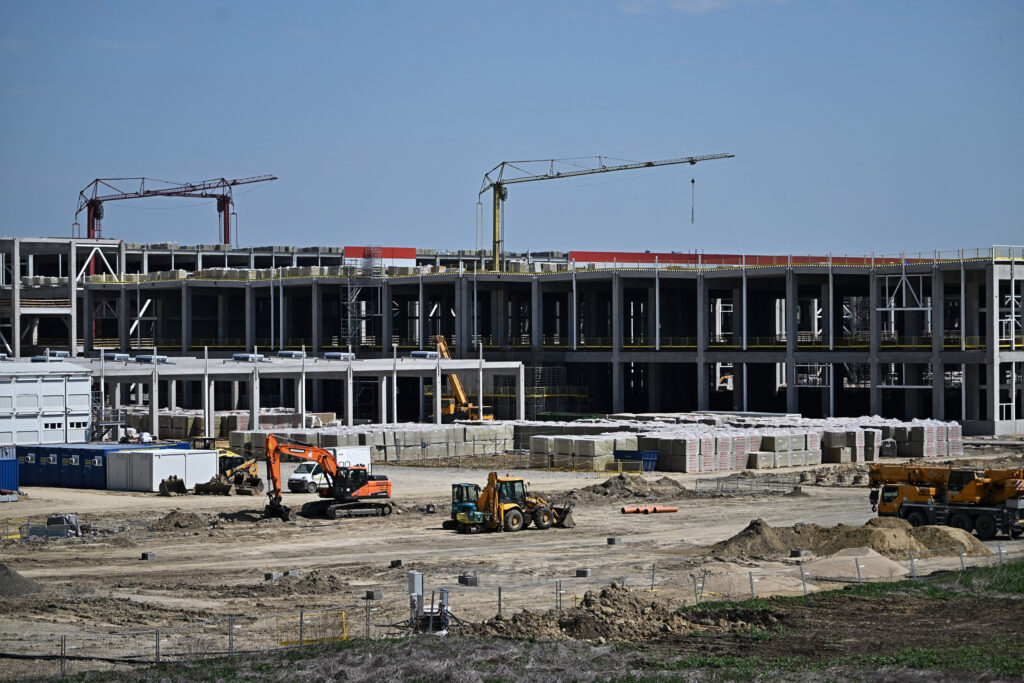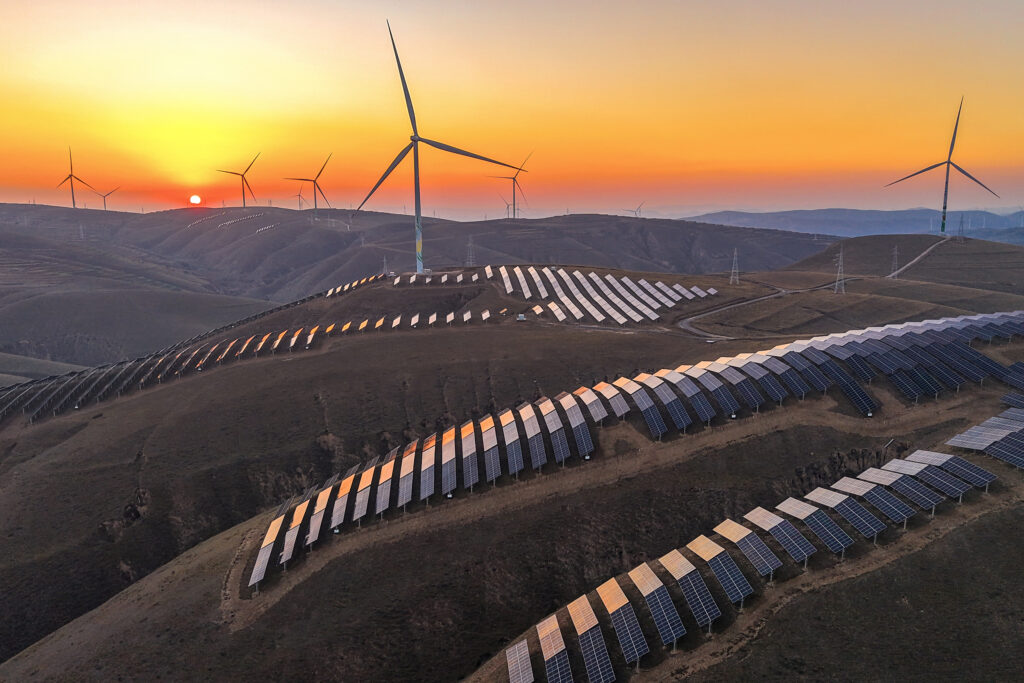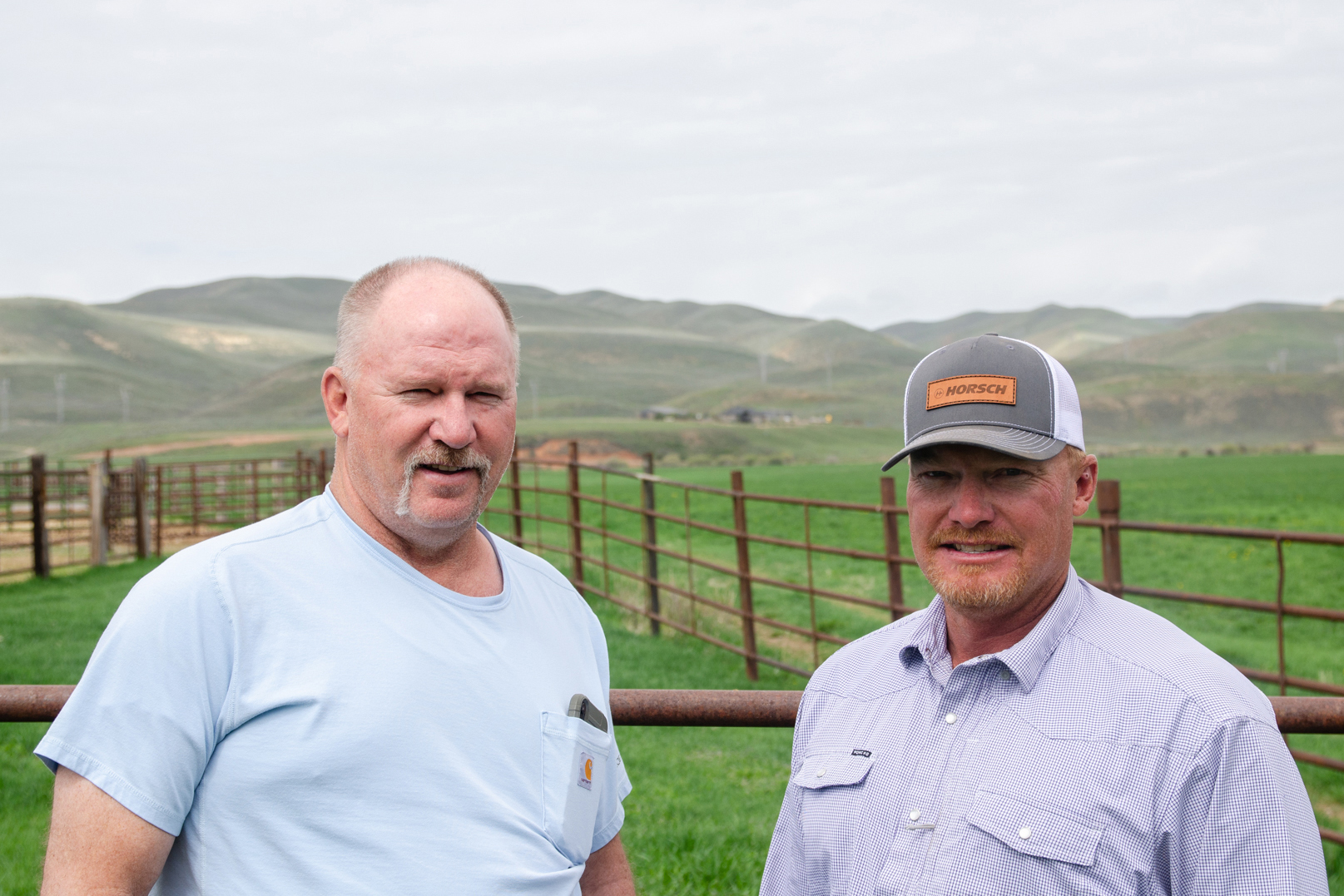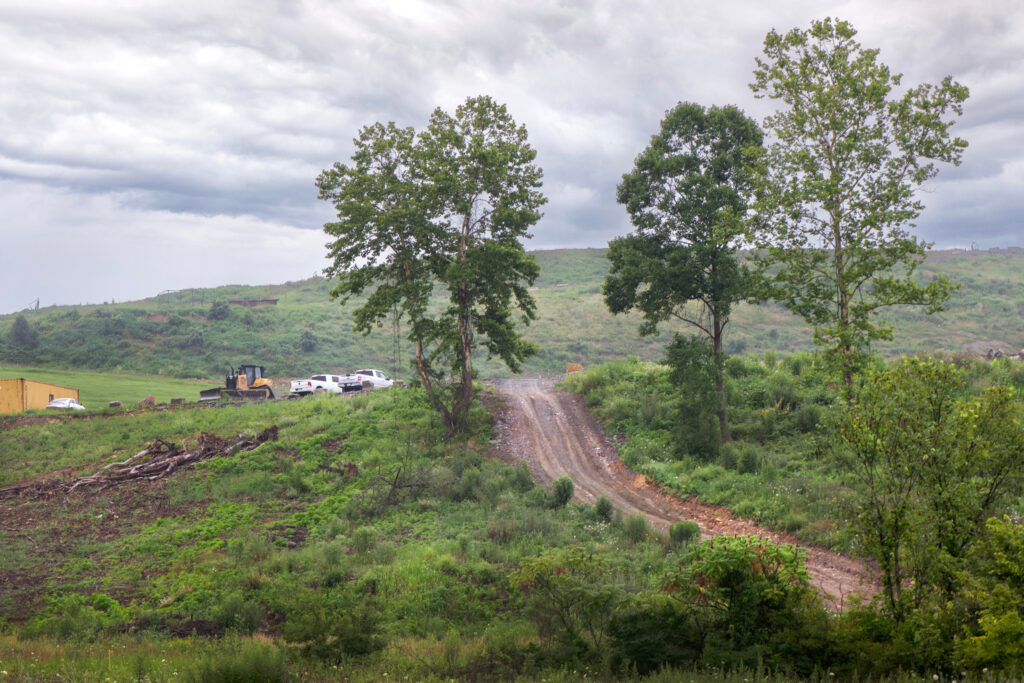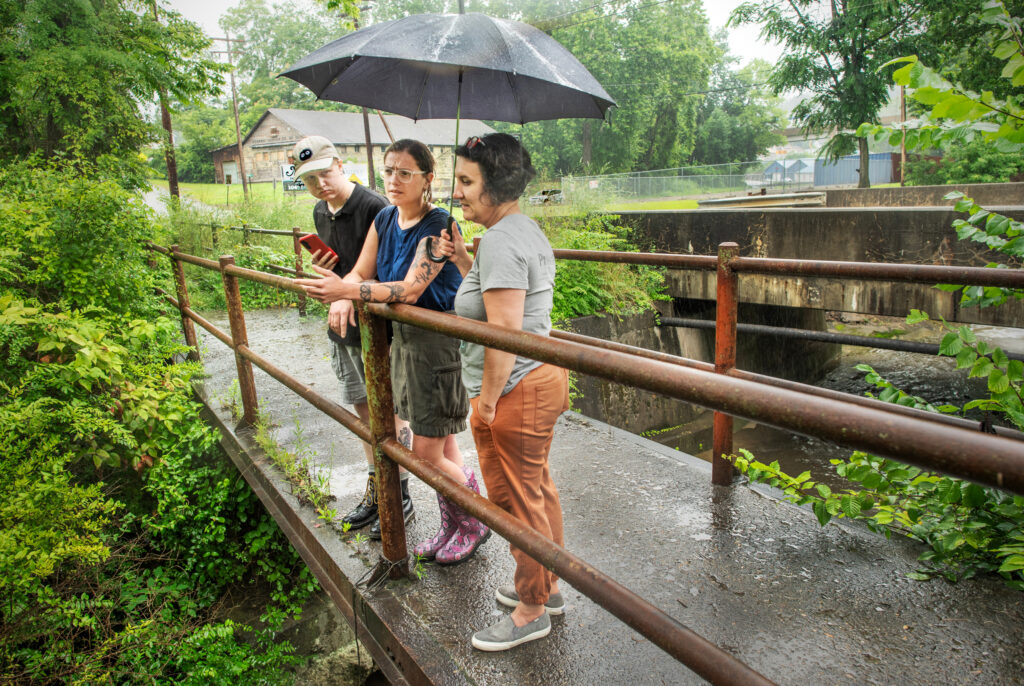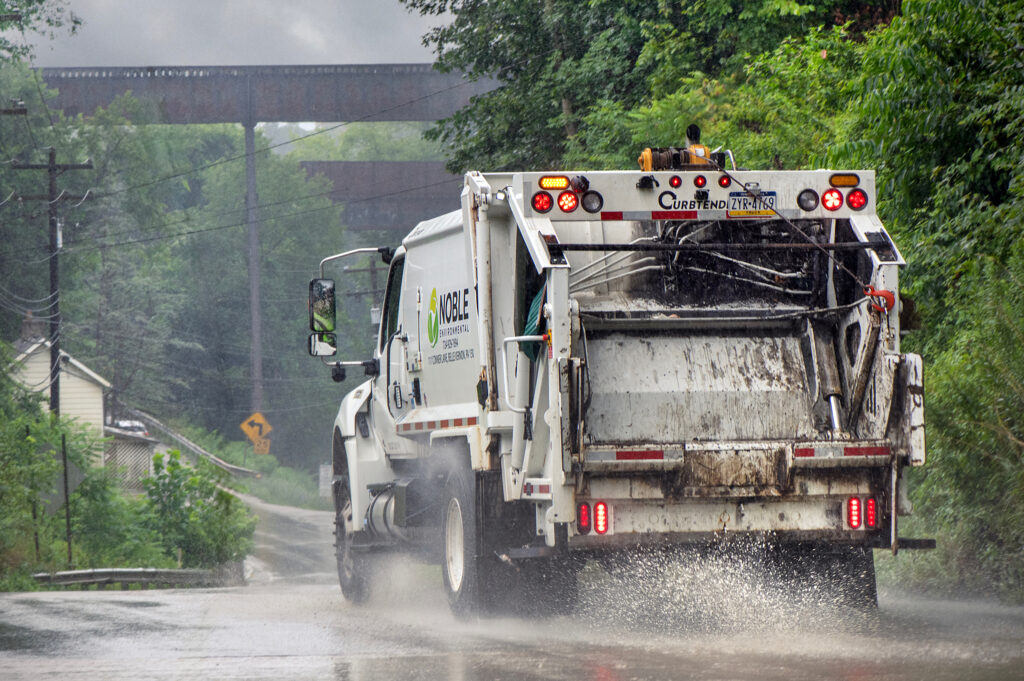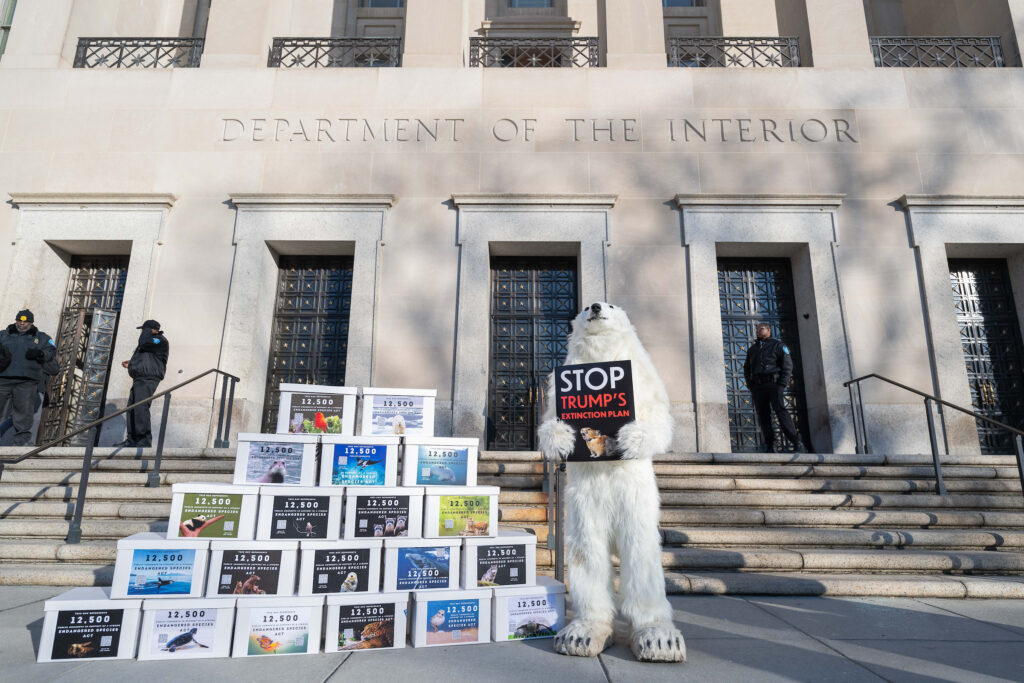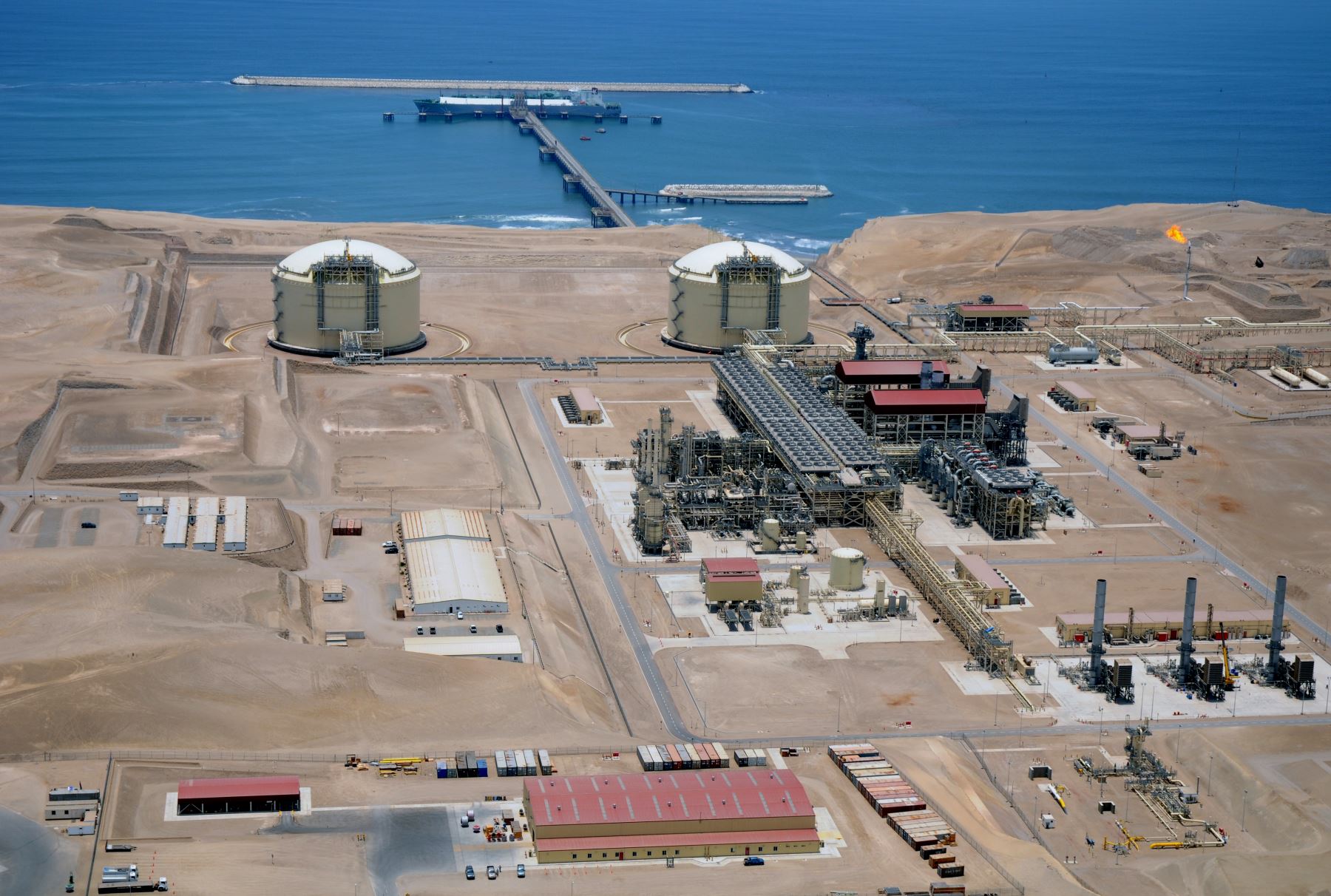If what happened on July 29 in California is any indication of the future of the power grid, then there is reason for optimism.
Let’s look at it from the perspective of Tom Weldon, who owns a house on the south end of San Jose and has rooftop solar and a battery system.
Weldon didn’t do anything out of the ordinary on that day. But his batteries, hooked up to software run by the solar company Sunrun, were part of a two-hour test to see the capabilities of home-based batteries when they work together to send power to the grid.
He could see the test was happening by looking at the Sunrun app on his phone. Otherwise, there were no changes in his home.
“When the actual event occurs, I don’t really see or hear anything different,” he said.
Sunrun said the July 29 event was likely the largest of its type ever held in the world, with more than 100,000 households sending small amounts of power to the grid which collectively generated 535 megawatts. For perspective, that’s enough power to meet about half the peak demand on a normal day for San Francisco, where Sunrun is based.
The effect was large enough that it showed up in a graph of demand for the California Independent System Operator, or CAISO, the grid manager for most of the state and part of Nevada. During the test period, which lasted from 7 p.m. to 9 p.m., demand for centralized power plants dropped by a noticeable amount, which reduced the need to burn natural gas or use other resources.

The test was a glimpse of what’s possible. For years, researchers have discussed the potential of virtual power plants, which are networks of home-based batteries that are connected by software, working together to function like a large power plant when needed. A Department of Energy report released in January, during the final days of the Biden administration, highlighted the potential.
“Virtual power plants are solutions that can be deployed at scale in a short timeframe to maximize the use and value of existing grid infrastructure, minimize costs to ratepayers, and ensure a resilient, reliable, and secure grid for all Americans,” the report said.
The cost considerations are important because virtual power plants are reducing the need for natural gas peaker plants, which are expensive to build.
The July 29 test was the culmination of years of work for Sunrun, said Chris Rauscher, the company’s head of grid services.
“This is really a watershed moment when it comes to distributed power plants,” he said. “Folks saw in real time the impact that we had on the CAISO, on the CAISO demand, and saw that this is a reliable, dispatchable resource at a scale that is significantly larger than literally dozens and dozens and dozens and dozens of natural gas power plants in the state of California.”
Notice that he said “distributed power plants” instead of “virtual power plants.” Sunrun and others in the energy industry are trying to retire the word “virtual.” The idea is that the word “virtual” doesn’t do enough to convey that these systems function like real power plants.
I don’t think the word “distributed” is a great alternative, maybe because I’m used to talking about virtual power plants. But let’s not get waylaid by a quibble over nomenclature.
Rauscher noted that networks of batteries have been most effective for Sunrun in two very different markets, California and Puerto Rico. He views this as proof of the systems’ flexibility.
The main impediment to approving virtual power plants in other places is regulatory, with some states and grid regions not having a process in place to accommodate them. Utilities and regulators need to be on board.
In California, utilities were part of the test and have helped to facilitate Sunrun customers’ participation.
“This wasn’t just a tech demo,” said a news release from the utility Pacific Gas & Electric. “It was a real-world rehearsal for when [the batteries will] really be needed.”
Back in San Jose, I asked Weldon how he explains a virtual power plant to neighbors. His two-story house has solar panels on the roof, two Tesla Powerwall batteries inside and two EVs in the garage.
“Basically, the energy that I produce and store on the battery can be distributed to other houses,” he said. “It relieves strain on the grid. You don’t have to transmit as much electricity as far. It smooths out the bumps in the demand.”
Weldon, 71, works in technical sales for a company that makes memory for computer systems.
This story is funded by readers like you.
Our nonprofit newsroom provides award-winning climate coverage free of charge and advertising. We rely on donations from readers like you to keep going. Please donate now to support our work.
Donate Now
He said he is pleased to do his part to contribute to a cleaner grid. He also receives compensation for participating in the virtual power plant.
Sunrun gives each participating customer an annual payment of $100 or $150 for each battery. Since Sunrun uses a lease-based business model, it owns the batteries. Other companies have other business models for managing and compensating customers who are part of virtual power plants.
Sunrun’s contract with customers allows them to opt out of the virtual power plant, and it says that the local battery will retain enough power to serve the customer’s needs in case of a power outage later that same day.
The idea is that the software and the battery do the work, while people like Weldon won’t notice a difference unless they are monitoring the Sunrun app.
What’s the downside? Some consumers have concerns about the utility or some other company being able to remotely control a battery. I think the best way to deal with this is to have easy-to-navigate opt-out rules, with just a click or some other simple action needed.
The concerns, in my view, are minor compared to the opportunities. If every state had several gigawatts of virtual power plant capacity, it could be transformative for the grid’s ability to handle periods of high demand and do so in a much cleaner way than burning gas.
Other stories about the energy transition to take note of this week:
Ford Announces a New EV Platform and a $30,000 Electric Pickup: Ford is overhauling its electric vehicle production in a way that will allow for the release of a new line of budget-priced EVs, including a midsize pickup, as Jamie L. LaReau reports for the Detroit Free Press. The pickup, with a starting price of about $30,000, will be assembled at Ford’s Louisville Assembly Plant in Kentucky and go on sale in 2027. Ford plans to spend $2 billion to retool the plant starting later this year.
Trump’s Big Bill Has Put Energy Projects in Limbo Across the Country: The rapid phaseout of renewable energy tax credits under President Donald Trump’s One Big Beautiful Bill Act has led to chaos and confusion, according to a story from Grist that looks at examples in Georgia, Illinois, Minnesota and North Carolina. This economic harm is happening even though the White House has said the bill will “turbocharge energy production” and “deliver further relief to American families and businesses.”
FERC Gets a New Chair as Christie Departs: Mark Christie, a Republican, has stepped down from his position as chair of the Federal Energy Regulatory Commission after President Donald Trump declined to nominate him for a second five-year term, as Ethan Howland reports for Utility Dive. Trump has namedDavid Rosner, a Democrat who joined the commission last year, to serve as interim chair. This is an unusual example of Trump naming a Democrat to a prominent role, which shows how Rosner has been able to gain support from both parties. The commission, which has broad influence over the electricity and natural gas markets, now has two vacancies. The U.S. Senate is considering Trump’s nominations of Republicans to fill the open seats, which would give Republicans a 3-2 majority.
The Wind Energy Industry Struggles in the Trump Era: The Trump administration has sought to hinder development of wind energy in just about every way available, as my colleague Kiley Price writes in the Today’s Climate newsletter. The upshot is that a major part of the country’s renewable energy economy now faces new obstacles at just about every turn, including an investigation of deaths of eagles, the phaseout of tax credits and new layers of administrative processes.
Inside Clean Energy is ICN’s weekly bulletin of news and analysis about the energy transition. Send news tips and questions to [email protected].
About This Story
Perhaps you noticed: This story, like all the news we publish, is free to read. That’s because Inside Climate News is a 501c3 nonprofit organization. We do not charge a subscription fee, lock our news behind a paywall, or clutter our website with ads. We make our news on climate and the environment freely available to you and anyone who wants it.
That’s not all. We also share our news for free with scores of other media organizations around the country. Many of them can’t afford to do environmental journalism of their own. We’ve built bureaus from coast to coast to report local stories, collaborate with local newsrooms and co-publish articles so that this vital work is shared as widely as possible.
Two of us launched ICN in 2007. Six years later we earned a Pulitzer Prize for National Reporting, and now we run the oldest and largest dedicated climate newsroom in the nation. We tell the story in all its complexity. We hold polluters accountable. We expose environmental injustice. We debunk misinformation. We scrutinize solutions and inspire action.
Donations from readers like you fund every aspect of what we do. If you don’t already, will you support our ongoing work, our reporting on the biggest crisis facing our planet, and help us reach even more readers in more places?
Please take a moment to make a tax-deductible donation. Every one of them makes a difference.
Thank you,




